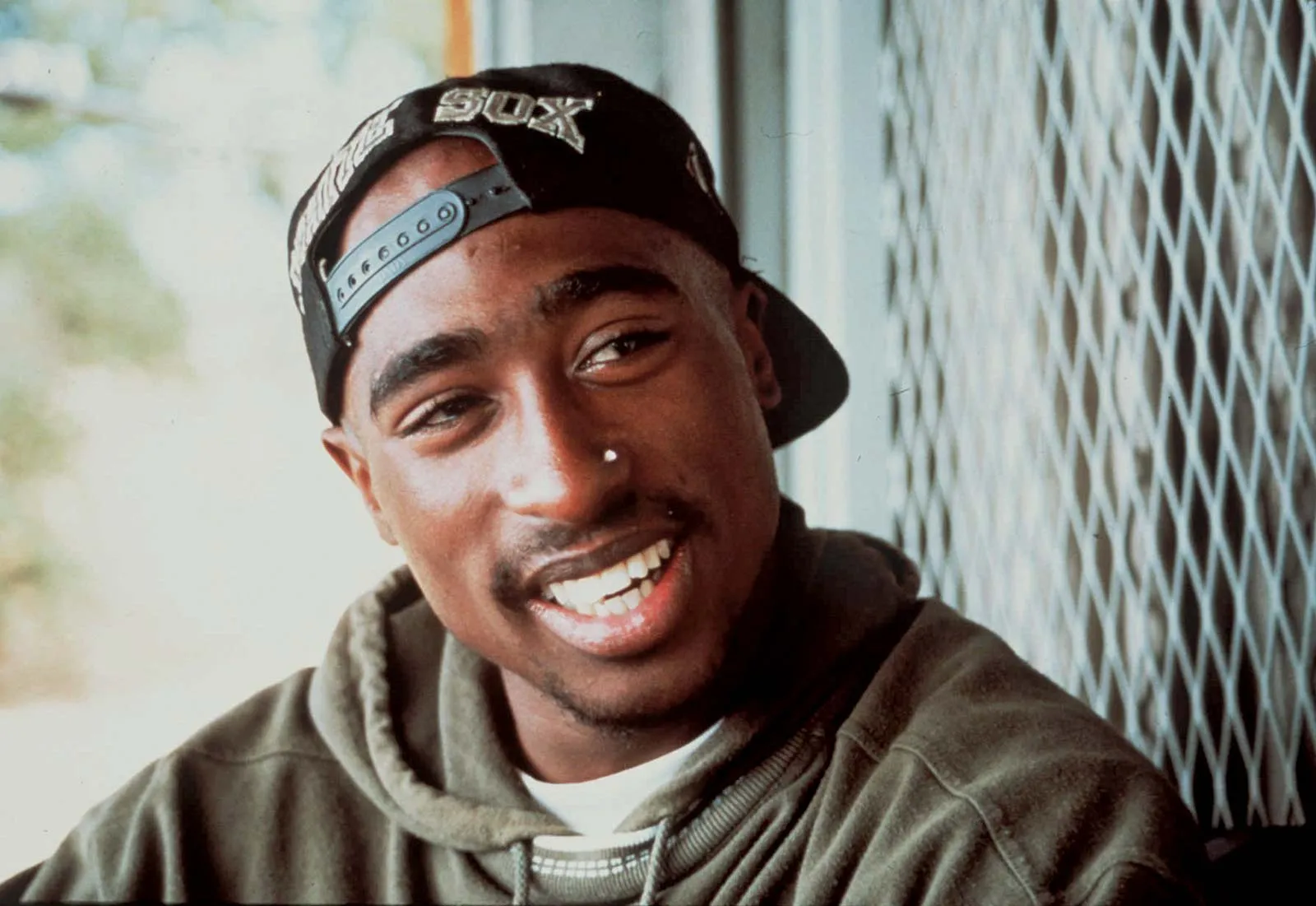 In light of the investigation continuing, one of the first responding officers to the shooting of Tupac in 1996 has spoken out about the prime suspect, telling reporters that he believes Keefe D has been profiting off the murder.
In light of the investigation continuing, one of the first responding officers to the shooting of Tupac in 1996 has spoken out about the prime suspect, telling reporters that he believes Keefe D has been profiting off the murder.
Former police officer Chris Carroll was interviewed this past Tuesday by The Art of Dialogue. The interview allowed Carroll to discuss Tupac’s death and his view of the current investigation since he was the first responder on the scene of the shooting in ’96.
When asked about Duane “Keefe D” Davis, the current prime suspect in the investigation, Carroll told the interviewer that Keefe D “has been shootin’ his mouth off for a couple of years now, openly telling everybody that he’s a part of the murder.” Davis has previously admitted to handing his nephew, Orlando Anderson, the gun to shoot Tupac. Carroll says that Davis “openly saying ‘I handed him the gun’ — well, that makes him part of this murder.”
The interviewer pointed out to Carroll that the police have recently found evidence tying Keefe D to the shooting. He told the interviewer “I’ve heard rumors that he even had sold some items that he told people, y’know, were there that night. Whether that’s BS or not, I don’t know, but to think that not only is he admitting to being part of a murder but now he’s going to profit from the whole deal?”
Police executed a search warrant in Keefe D’s home last week to continue the search for more evidence. The most recent piece of evidence that police found were .40 caliber bullets inside the home in Henderson, Nevada. The bullets must still undergo forensic testing but police are hopeful that “microfibers or residues from the weapon or the bullet could prove to be a link.” Although investigators understand that “it is a long shot that the bullets will be the ones from 1996,” they still believe that they will be able to “assemble enough information that could lead to an arrest of indictment” after nearly 3 decades unsolved.
A police source told reporters that “there is no information yet on the history of the bullets, how old they are or their significance. And it will take some time to assess how the bullets play a role in this case.” Since police have held forensic evidence from Tupac’s death in secure storage for nearly 3 decades, they will be able to more accurately compare new evidence to the murder. Police also have the original full-scale lab analysis of the shells, bullets and powder found at the crime scene in 1996. With all of this past evidence still in tact and the bullets found in Keefe D’s home going through forensic testing, hopefully investigators will be able “to determine if they have any link to the bullets found in Tupac’s body or on the scene of the homicide.”
